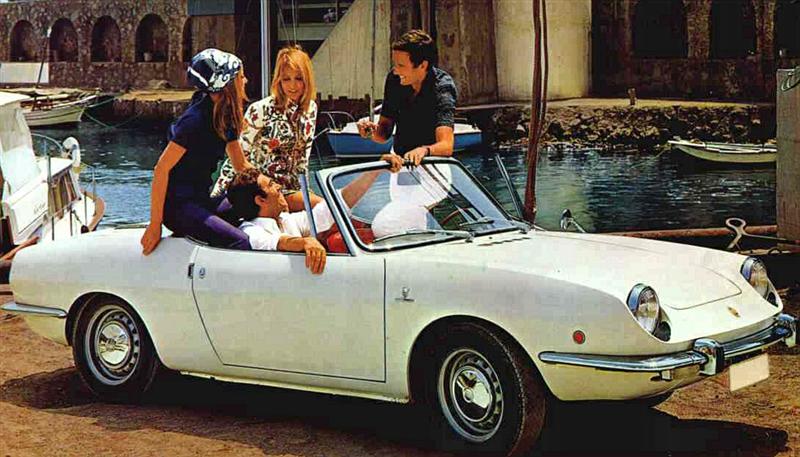Packard was America's leading luxury automobile brand before, during (especially), and for a while after the 1920s. All premium brands were hit hard by the Great Depression of the 1930s, but Packard was able to survive. In part, this was because it added a more mid-range model, the
One-Twenty, in 1935 and then went further mid-range with its Packard Six (later 110). The price the company paid for its survival into the 1940s was a lessening of the brand's prestige.
While becoming more competitive with Buick than with Cadillac, Packard made sure to retain its highly distinctive grille design on all its models from the lowly Six to its luxury V-12 line (dropped after the 1939 model year).
But a price had to be paid here too. While competing brands began to feature more streamlined looking front ends and horizontal rather than vertical grill formats, Packard's retention of traditional details made its cars increasingly old-fashioned looking. Finally in the spring of 1941 Packard introduced its non-traditional Clipper whose body became the standard for all 1942 model year Packards.
The images below show some 1940 and 1941 pre-Clipper Packards along with competing Buicks that were far more up-to-date styling-wise.
Gallery
1940 Packard One-Twenty Sport Sedan - Barrett-Jackson photo
The body shown here dates from the 1938 model year. Due to Packard's styling conservatism, the area from the front axle line aft is no more advanced than the same parts of General Motors' 1935 Pontiacs and LaSalles.
1940 Buick
The body on this Buick was new for 1940. The grille's layout is becoming horizontal, and door hinges are now hidden by body panels, as is the running board. Its overall appearance is sleeker than the Packard's in the previous photo. The most out-of-date feature is the positioning of the headlights; they are not quite fully integrated into the front fenders. GM was slow to follow other brands in this regard even though it otherwise was the auto industry style leader in those days.The 1940 Packard has exposed running boards and free-standing headlights, not to mention exposed door hinges and that tall grille.
1941 Buick
Buick's 1941 facelift finally integrated headlights into the fenders.
1941 Packard One-Twenty Sedan - Auctions America photo
Meanwhile, Packard had its own facelift that gave the old body style better front-end integration. The front fenders were restyled and the catwalk raised to blend with them. Headlight integration is about on par with the 1940 Buick, nevertheless a significant modernization from the previous Packard. Speed stripes on the fenders are in line with current styling fashions. The rest of the body looks old-fashioned compared to the Buick.
1941 Packard One-Twenty Sedan - Vaultcars sales photo
The extreme rear part of this Packard is not far out of line from 1939-40 competing brand styling. But by 1941 several other makes were featuring streamlined-looking "fastback" designs.
1941 Packard One-Sixty Touring Sedan - sales photo
Here is a side view of a Packard One-Sixty, a luxury level Packard. Despite the various old-fashioned (for 1941) details, I can see that a car such as shown here would appeal to a rich, conservative clientele not quite ready to buy a more trendy '41 Cadillac.












































